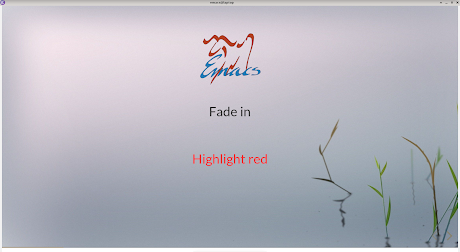Text books in Emacs

If you feel like reading text books (TEXT format) like those available via Project Gutenberg , Emacs can be a good tool. Customize your book reading experience with your favorite background, fonts and text size. (defun book-mode () (interactive) (set-window-margins nil 20 20) (set-window-fringes nil 0 0) (setq line-prefix " ") (setq word-wrap t) ) ;; Invoke the mode as below ;; M-x book-mode


